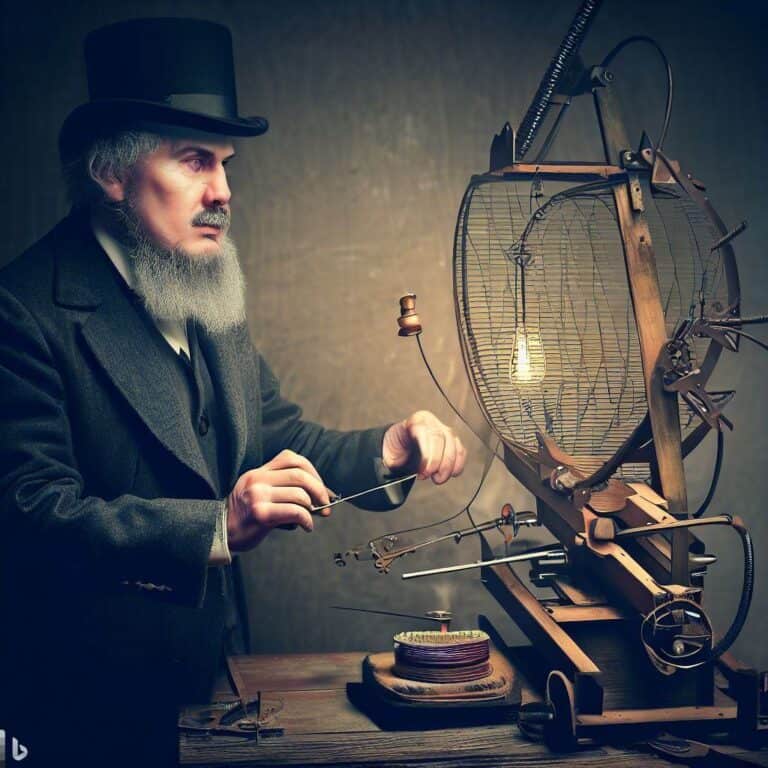What is the better mousetrap fallacy?
The better mousetrap fallacy is the belief that if you create a new and innovative product or service that is significantly better than existing ones, then people will notice it and come to you for it. It is based on the assumption that quality and innovation alone are enough to ensure success. However, this belief is flawed for several reasons.
First, it assumes that people will recognize and appreciate the benefits of the new product or service. However, this is not always the case, as people may be resistant to change or may not understand the benefits of the new product or service.
Second, it assumes that the new product or service will be able to compete with existing ones on price, availability, and distribution. However, this is not always the case, as existing products or services may have established distribution channels, economies of scale, and brand recognition that the new product or service cannot match.
Origins and history of the fallacy
The phrase “build a better mousetrap, and the world will beat a path to your door” is often attributed to Ralph Waldo Emerson, a 19th-century American writer and philosopher, although he never actually said those exact words. It is believed that the phrase originated from a series of articles published in a trade journal in the 1880s, which praised the design of a new mousetrap that was more effective than previous ones.
The mousetrap in question was invented by James Henry Atkinson, an English inventor, and was called the Little Nipper. It was a simple and effective design that used a spring-loaded bar to kill mice instantly. The Little Nipper became very popular and was soon being manufactured in large numbers.
However, the success of the Little Nipper did not come solely from its effectiveness. Atkinson was also a skilled marketer and was able to create a strong brand image for his product. He advertised the Little Nipper as “the original and genuine,” and used testimonials from satisfied customers to promote it.
Examples of the fallacy in popular culture
The better mousetrap fallacy is a common theme in popular culture, especially in movies and TV shows. One example is the film “Field of Dreams,” in which the main character, Ray Kinsella, builds a baseball field in the middle of his cornfield in Iowa. He believes that if he builds it, the ghosts of famous baseball players will come and play on it. This belief is based on the better mousetrap fallacy, as Kinsella believes that if he creates something unique and special, people will come to see it.
Another example is the TV show “Shark Tank,” in which entrepreneurs pitch their ideas to a panel of investors. Many of the pitches are based on the better mousetrap fallacy, as the entrepreneurs believe that their product or service is so innovative and unique that it will automatically be successful.
Why the better mousetrap fallacy is flawed
The better mousetrap fallacy is flawed for several reasons. First, it assumes that quality and innovation alone are enough to ensure success. However, this is not always the case, as other factors such as price, availability, and distribution are also important.
Second, it assumes that people will recognize and appreciate the benefits of the new product or service. However, this is not always the case, as people may be resistant to change or may not understand the benefits of the new product or service.
Finally, it assumes that the new product or service will be able to compete with existing ones on price, availability, and distribution. However, this is not always the case, as existing products or services may have established distribution channels, economies of scale, and brand recognition that the new product or service cannot match.
The dangers of the fallacy in business and innovation
The better mousetrap fallacy can be dangerous in business and innovation, as it can lead to overconfidence and complacency. If a company believes that its product or service is so innovative and unique that it will automatically be successful, it may not invest enough in marketing, distribution, and customer support. This can lead to a situation where the product or service fails to gain traction in the market, despite its quality and innovation.
In addition, the better mousetrap fallacy can lead to a focus on short-term gains at the expense of long-term sustainability. If a company believes that its product or service is so innovative and unique that it will automatically be successful, it may not invest enough in research and development, customer feedback, and continuous improvement. This can lead to a situation where the product or service becomes outdated or irrelevant over time, and the company loses its competitive advantage.
Alternatives to the better mousetrap fallacy
There are several alternatives to the better mousetrap fallacy that can help companies and innovators avoid its pitfalls. One alternative is to focus on customer needs and preferences, rather than on innovation for its own sake. By understanding what customers want and need, companies can create products and services that are more likely to succeed in the market.
Another alternative is to focus on continuous improvement and innovation, rather than on a single “killer” product or service. By constantly improving and innovating, companies can stay ahead of the competition and maintain their competitive advantage over time.
Finally, another alternative is to focus on marketing, distribution, and customer support, rather than on product or service features alone. By creating a strong brand image, establishing effective distribution channels, and providing excellent customer support, companies can differentiate themselves from the competition and create a loyal customer base.
How to avoid falling into the trap of the fallacy
To avoid falling into the trap of the better mousetrap fallacy, companies and innovators should focus on understanding customer needs and preferences, continuous improvement and innovation, and effective marketing, distribution, and customer support. They should also be aware of the dangers of overconfidence and complacency, and should be willing to adapt and change as needed to stay ahead of the competition.
In addition, companies and innovators should be willing to seek feedback and advice from customers, industry experts, and other stakeholders, and should be open to collaboration and partnerships with other companies and innovators.
Conclusion and takeaways
The better mousetrap fallacy is a common belief that quality and innovation alone are enough to ensure success. However, this belief is flawed for several reasons, including the importance of price, availability, and distribution, the resistance of people to change, and the competition from existing products and services.
To avoid falling into the trap of the better mousetrap fallacy, companies and innovators should focus on understanding customer needs and preferences, continuous improvement and innovation, and effective marketing, distribution, and customer support.


